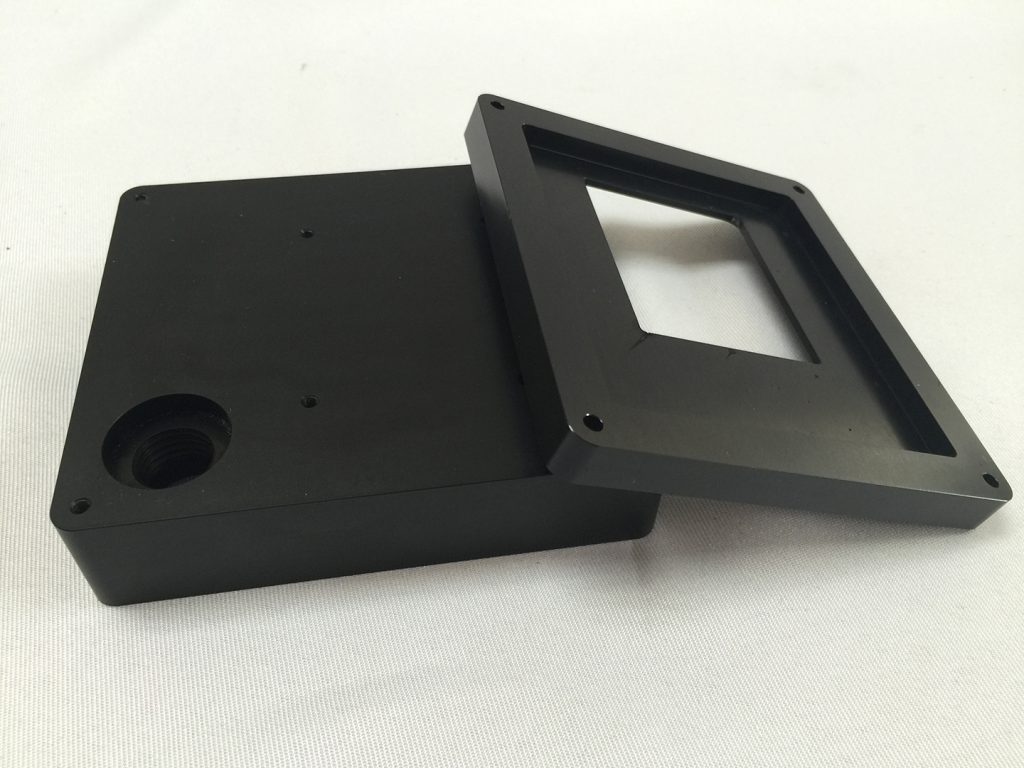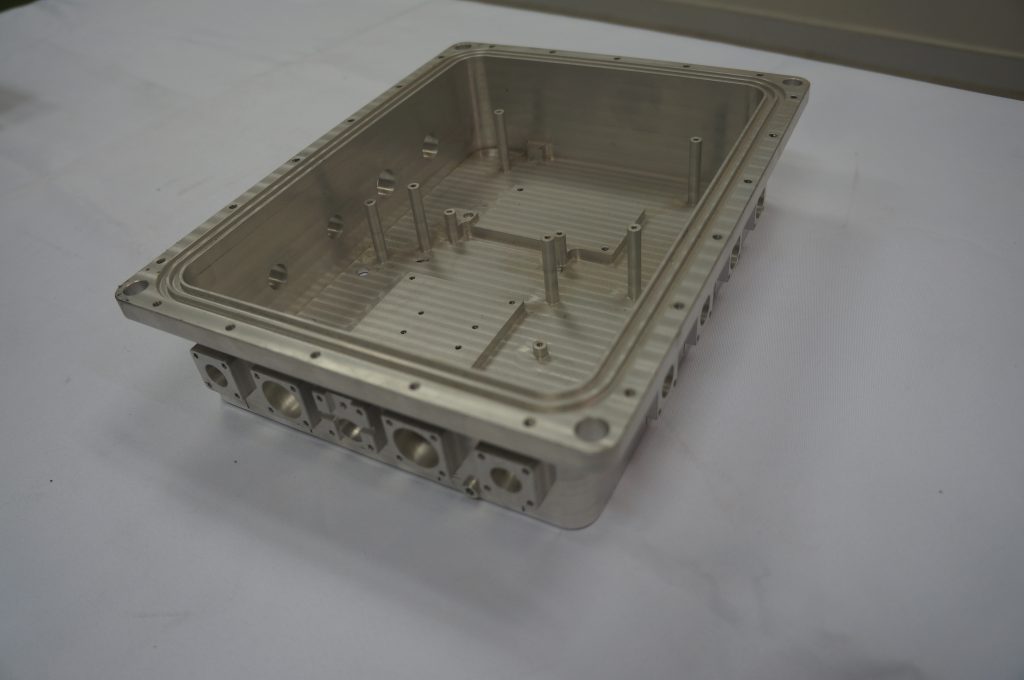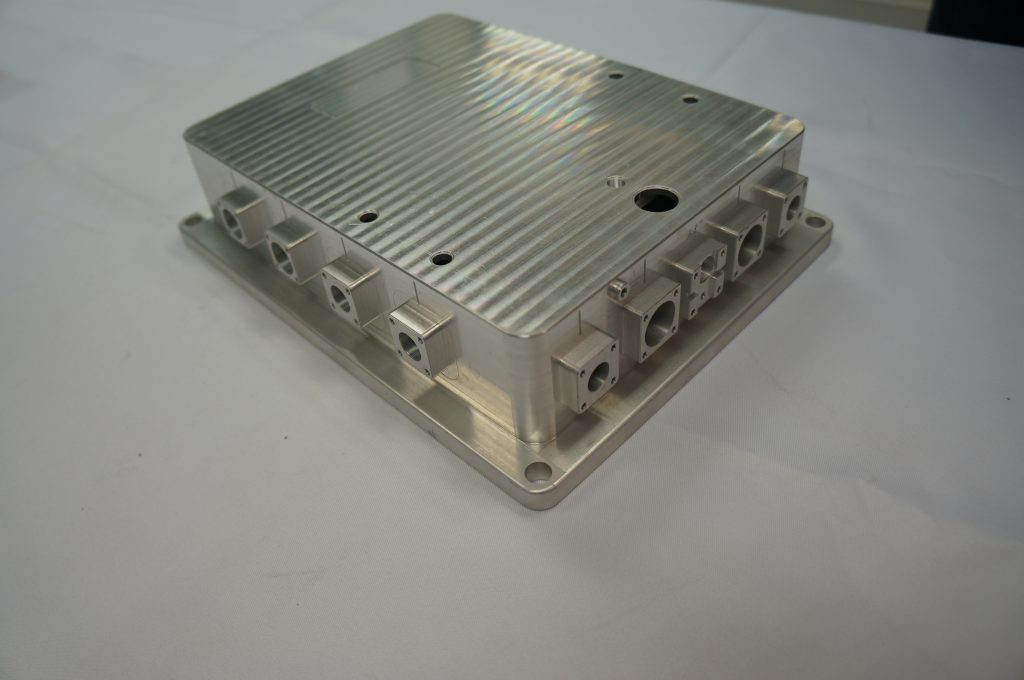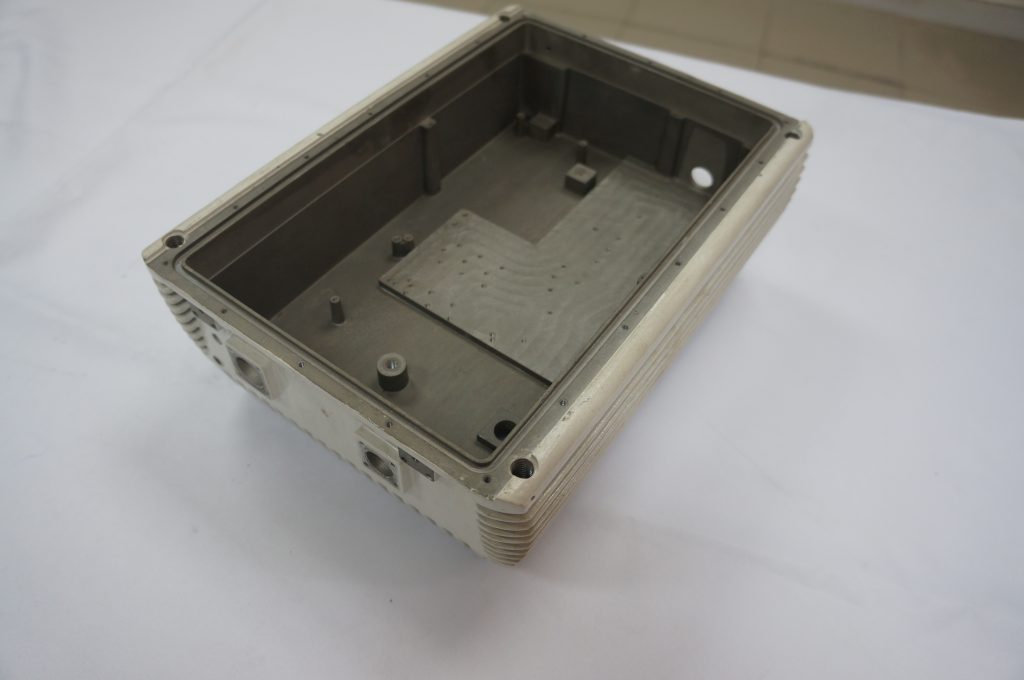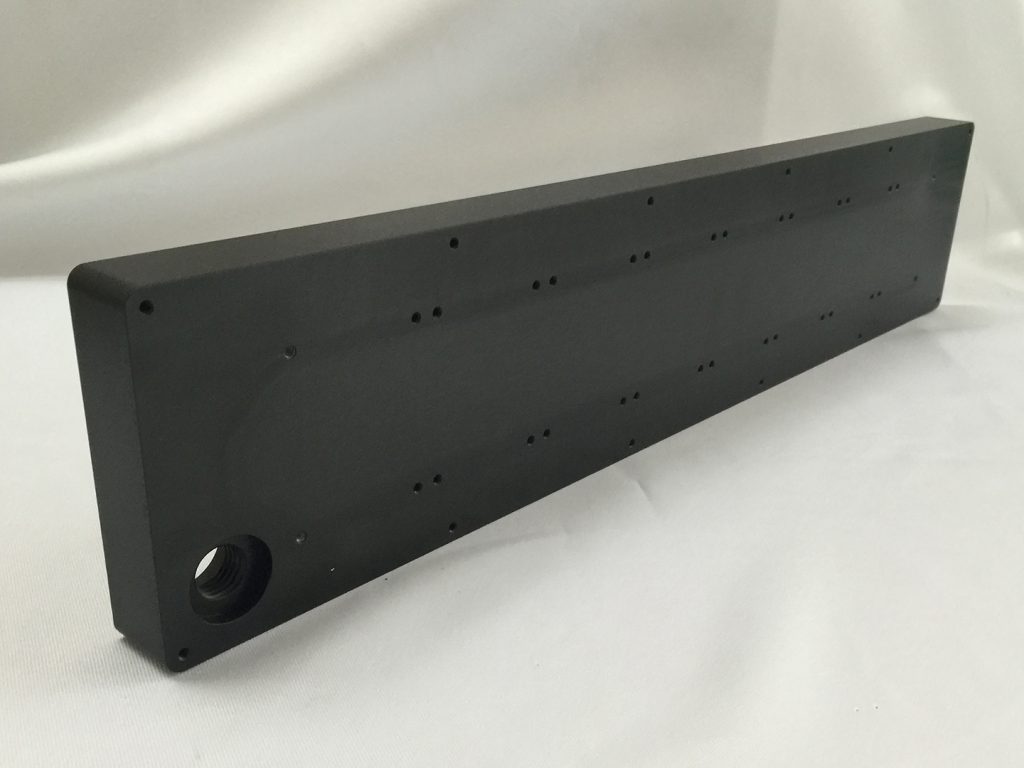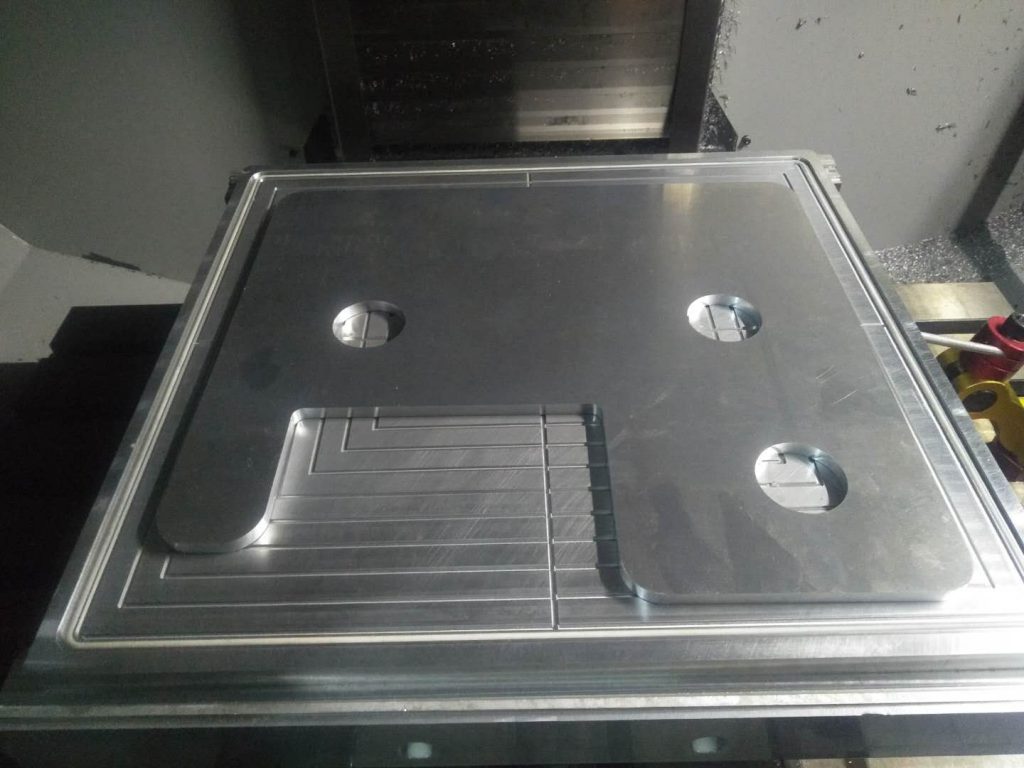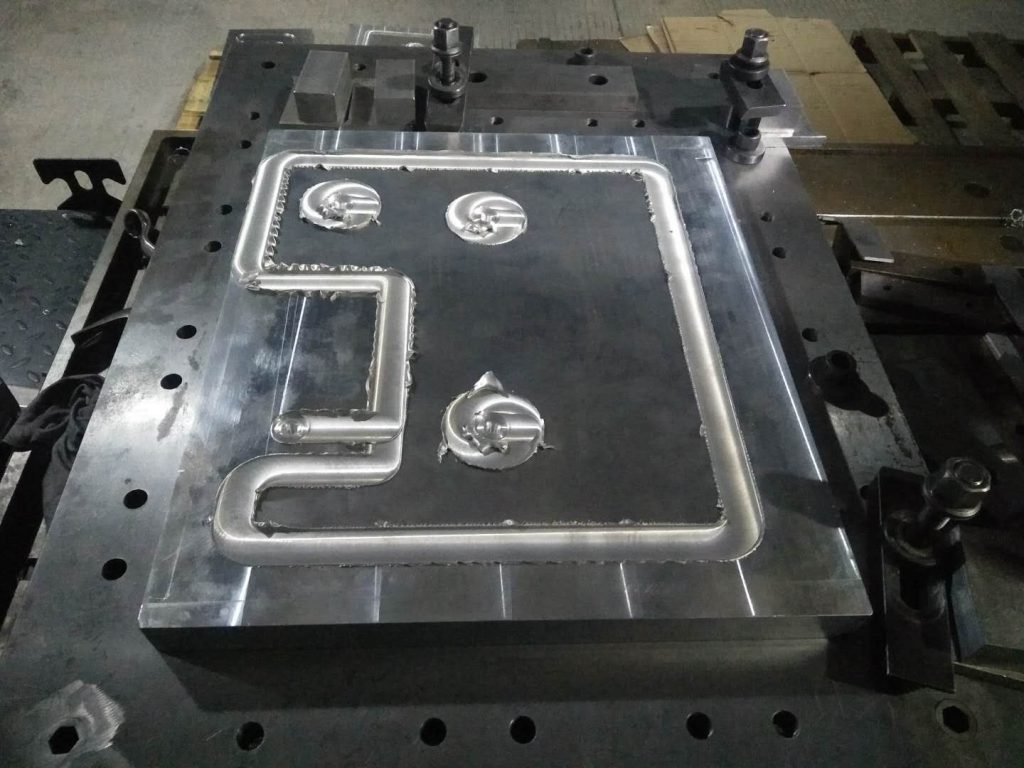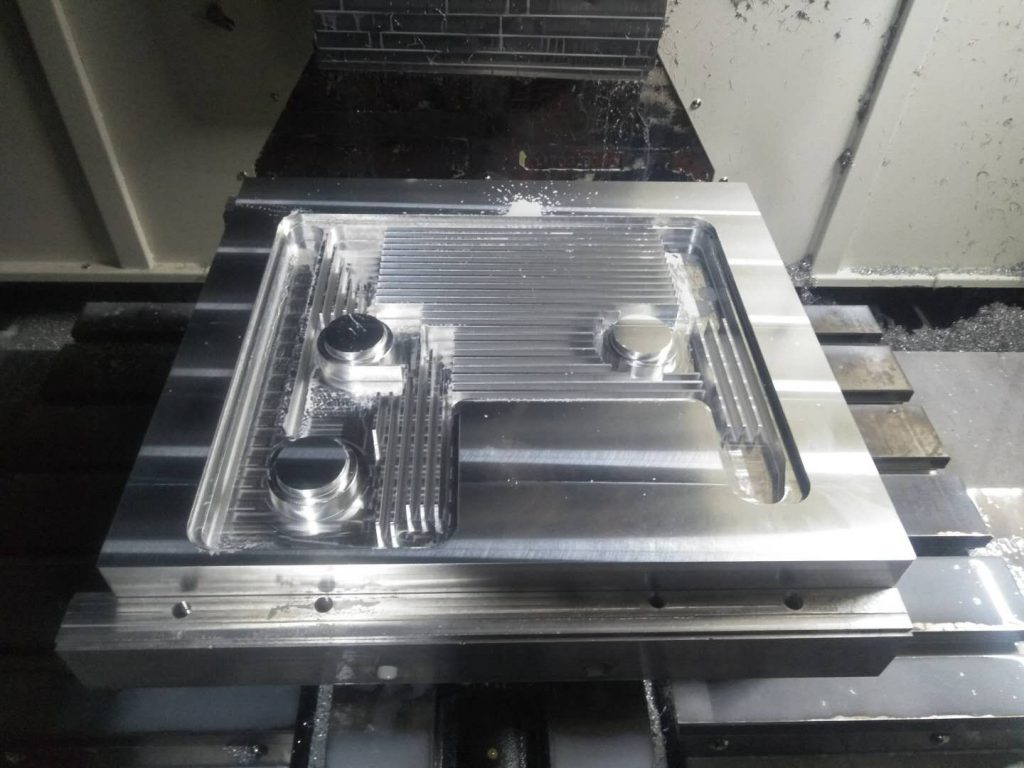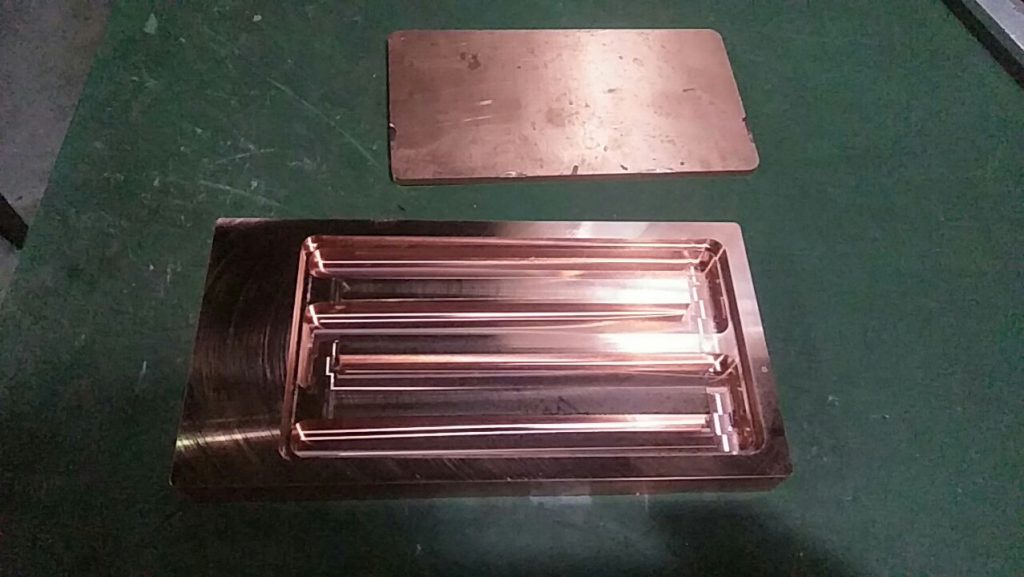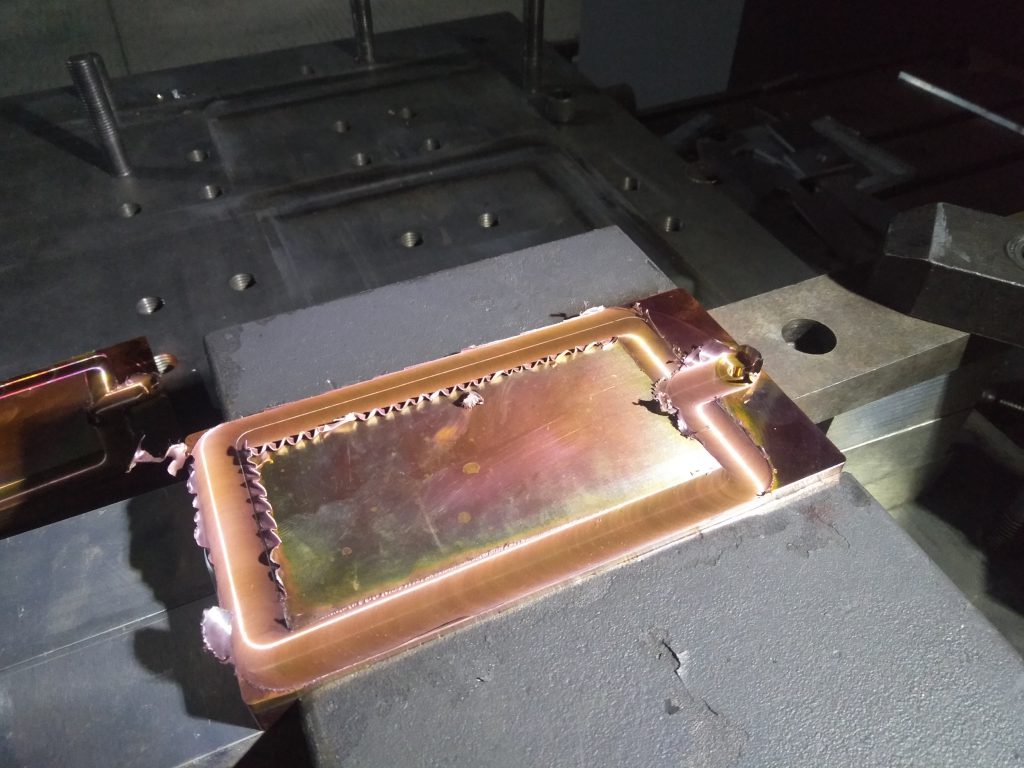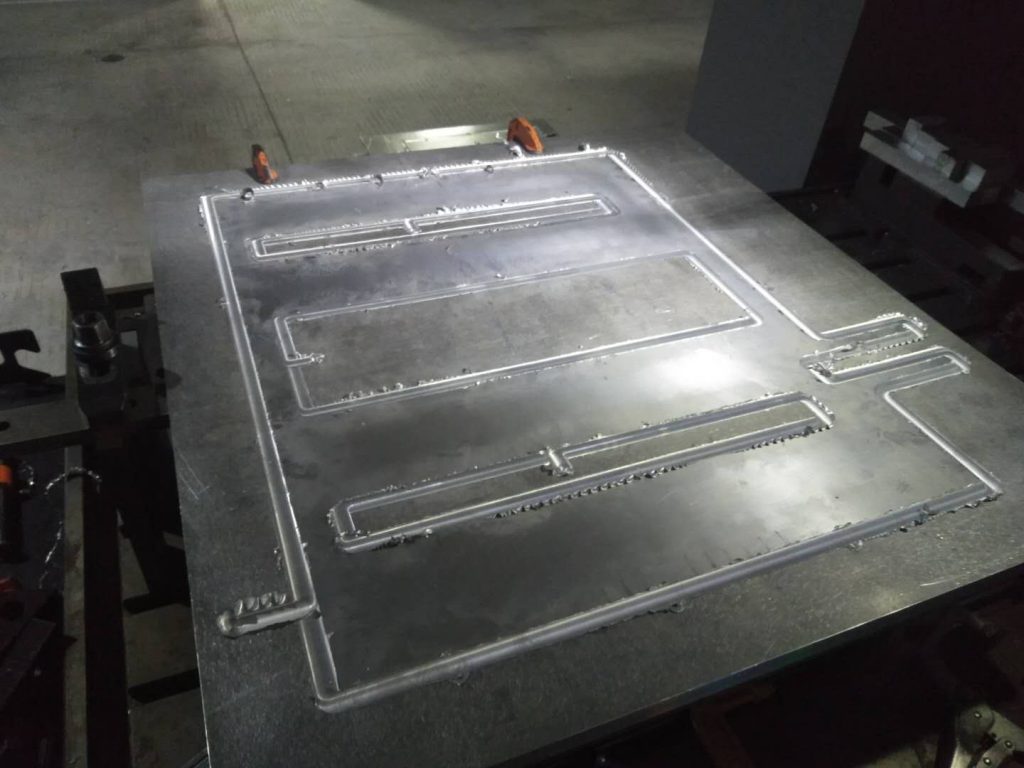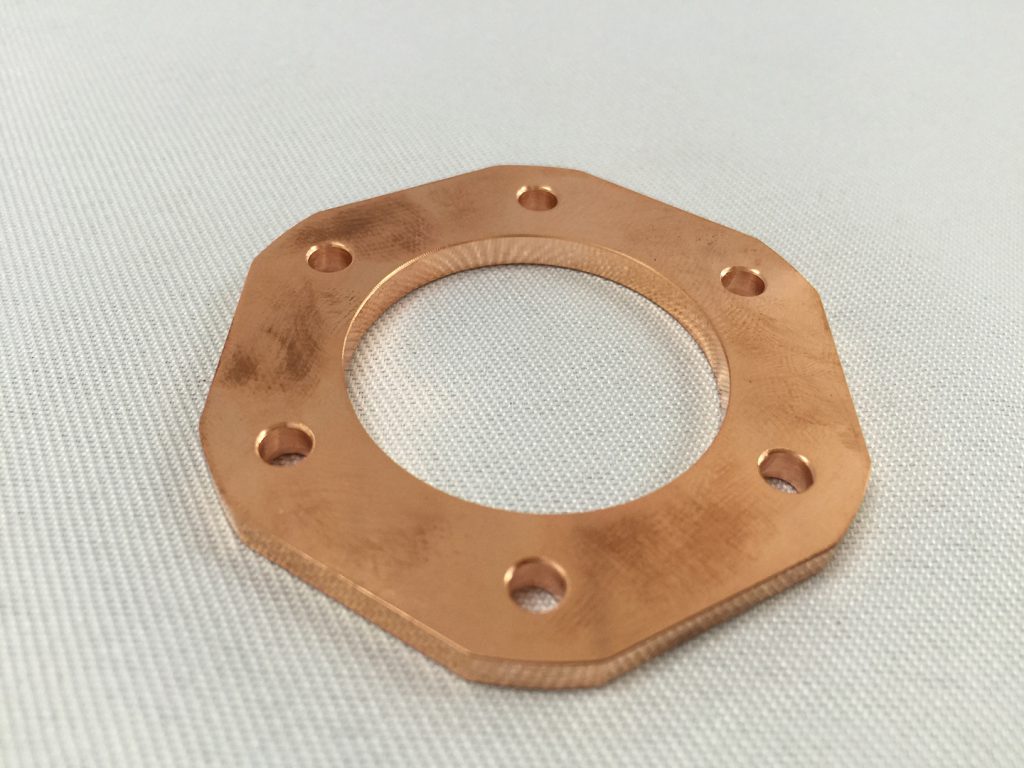The biggest difference between friction welding and traditional fusion welding is that during the entire welding process, the temperature of the metal to be welded does not reach its melting point by gaining energy, that is, the metal is a forging-like solid state connection realized in a thermoplastic state.
Compared with traditional fusion welding, friction welding has high quality of welded joints – it can achieve the strength of weld seam and base material, high welding efficiency, stable quality, good consistency, and can realize welding of dissimilar materials.
The radiator adopts friction welding to solve the technical bottleneck of high-multiple and ultra-wide profiles, and splicing two or more profiles to achieve ultra-wide structure and high-density profiles, and the mold development cost is low, the cycle is short, and the stability is high.
